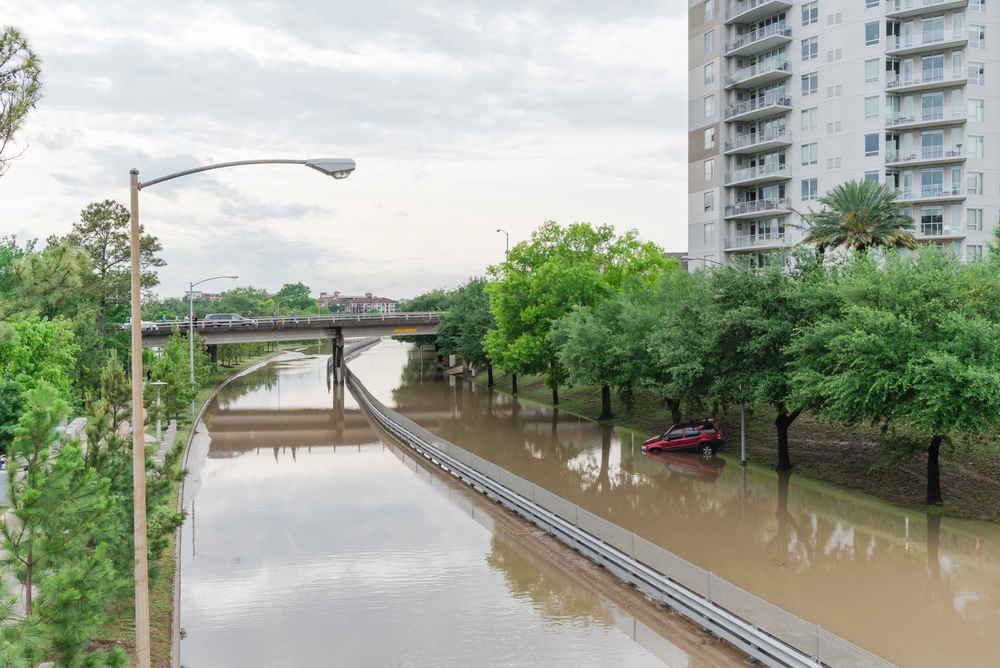
“The Guadalupe River rose 20 feet in an hour.” One chilling statistic transmits the destruction that swept through Texas Hill Country this July, converting summer traditions that were dear and well-known into sad tableaux. When floodwaters swept through such familiar spots as Camp Mystic, whole communities shrank from unimaginable loss and the world paused in wonder as rescue efforts played out on the backdrop of broken routine.
But under every headline is a rich tapestry of stories: of lives lost, of faith and friendship, of ignored warnings and learned lessons. This listicle lifts the coverings from the Texas flood tragedy, uncovering moments and places of insight most relevant to those who care about people, places, and the resilience of community.
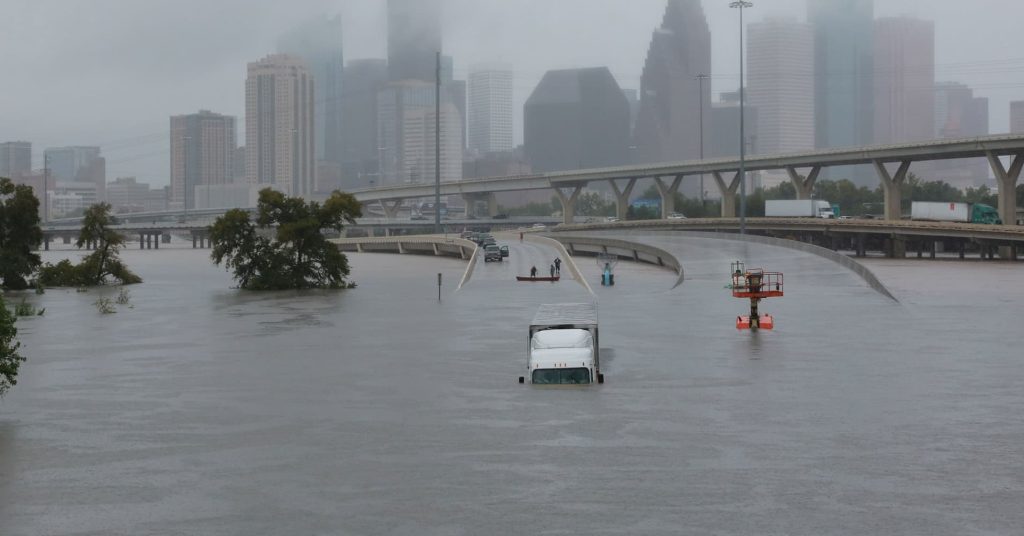
1. The Camp Mystic Tragic Loss and Legacy
Camp Mystic, the girls’ summer camp that opened in 1926, was a vacation resort, yes, but more than that, it was a multigenerational family tradition, a “little piece of heaven” that one of its former counselors, Lauren Garcia, now longingly recalls. That utopia was turned this summer into a source of grief after 27 campers and counselors died when floodwaters swept through the campus. The riverfront location of the camp, where it once had been the source of excitement for canoe racing and Sunday morning services, was a flood zone when the Guadalupe River overflowed. Clothing like a pink backpack and a Camp Mystic T-shirt covered the riverbanks, poignant reminders of what had transpired. Garcia reflected, “We’re relying on each other, on our faith and the love we had for this camp. That’s what Camp Mystic taught us to rely on each other.” The Camp Mystic spirit continues to exist today, now channeled into care and intercession for grieving families.
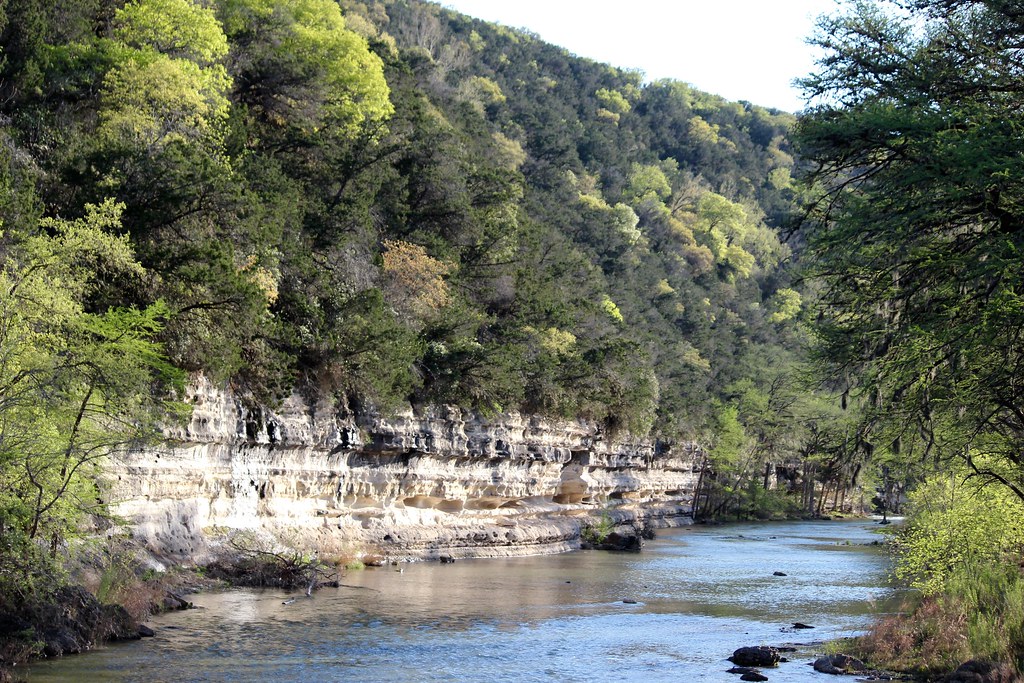
2. The Relentless Rampage of the Guadalupe River
The July 4th flood was a textbook example of nature’s fury in Flash Flood Alley. In 10 hours, Guadalupe River discharge rose from peaceful 10 cubic feet per second to appalling 120,000 cubic feet per second a Niagara Falls bigger deluge. Rainfalls amounted to three to four inches per hour, and in 90 minutes, Comfort river swelled from three feet to 34 feet. The speed and force of the water surge left no time for evacuation, taking cabins, RVs, and automobiles with it. The numbers and images of this tragedy will haunt the region for decades to come.
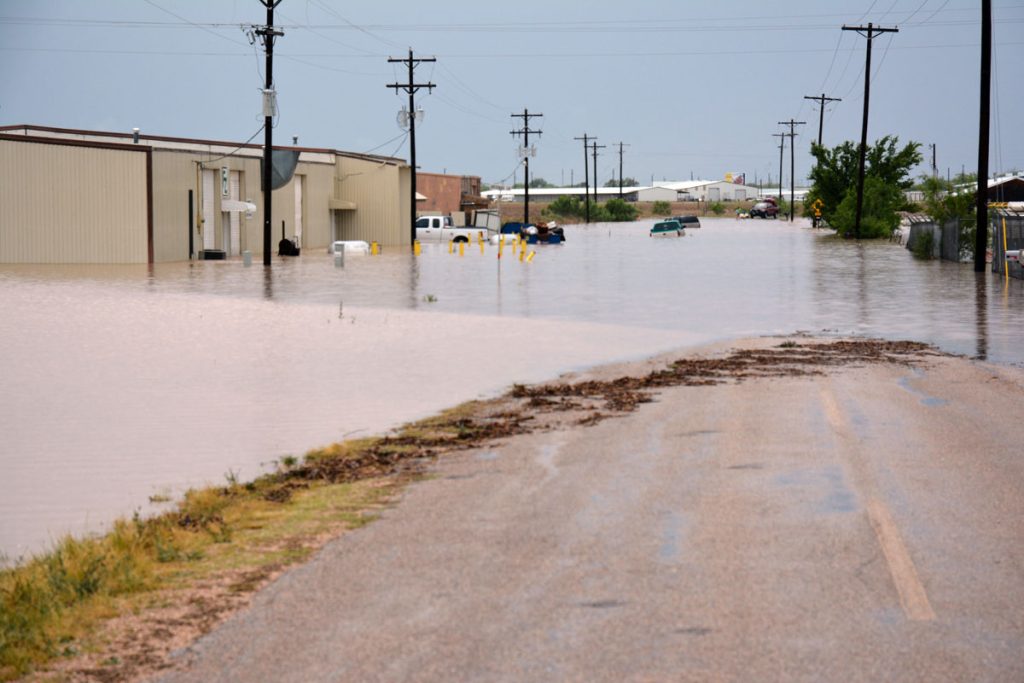
3. Climate Change and the New Normal for Texas Floods
Texas has been flood-afflicted for decades, but climate change is turning the switch on catastrophe, according to experts. Texas’ largest storms currently bring about about 20% more rain than they did in the late 1950s, the National Climate Assessment reports. Global warming heats up the air, and warm air can pack more water vapor, resulting in deluges that inundate even advanced societies. Over one third of the $230 billion in inland flood damages since 1988 would not have happened in the absence of human-caused climate change, scientists estimate. The July 4th storm was supercharged by the remnants of Tropical Storm Barry, a demonstration of how storms today are more wet and destructive even far inland.
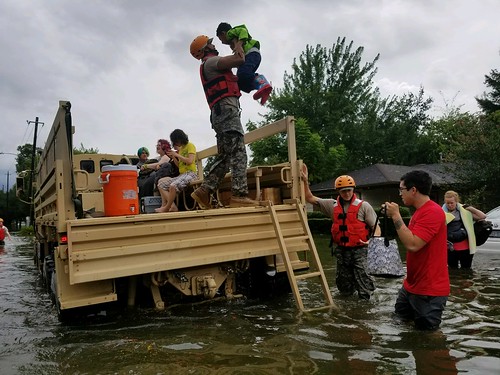
4. The Human Toll: Families, Volunteers, and Faith Communities Rally
The human cost of the flood is staggering: at least 90 dead, with more than two dozen children, and six counties devastated by the destruction. Even as families mourn, communities are rallying. Volunteers are leading recovery efforts, organizing donation drives, and providing comfort through prayer circles and faith-based support. As Lauren Garcia shared, “Physically, we’re seeing people help out with recovery efforts and organizing massive donation drives. And for this unimaginable sorrow, we’re staying connected through prayer and service.” This spirit of unity is helping many find hope amid heartbreak.
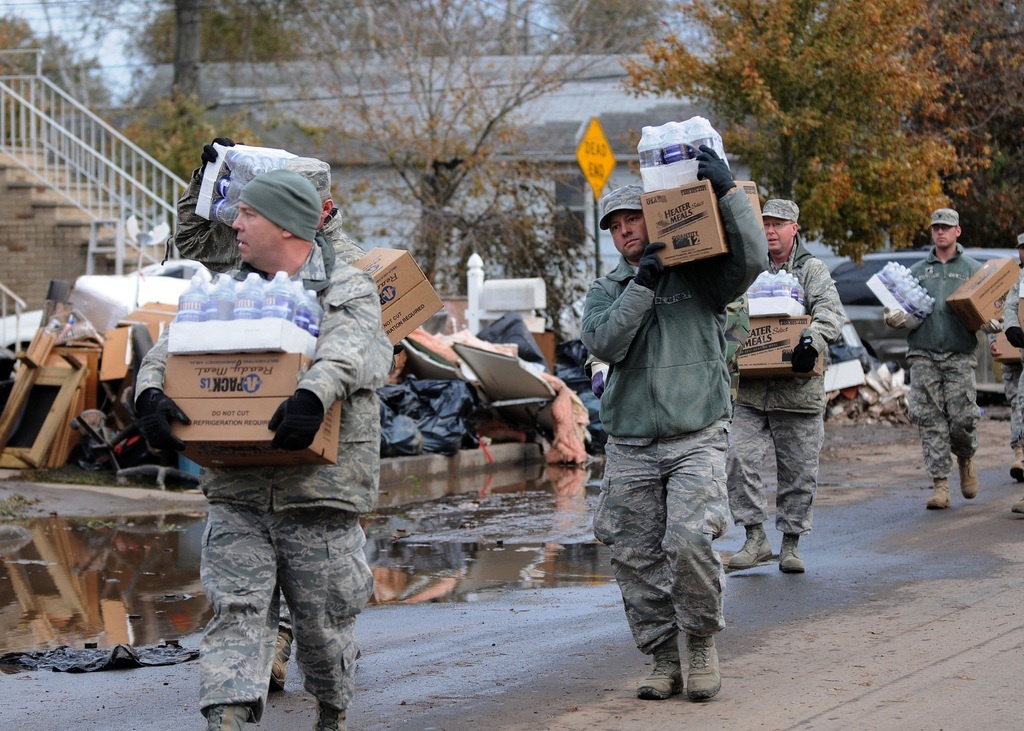
5. Federal Disaster Response and Ongoing Recovery
With the scale of destruction so vast, Texas Governor Greg Abbott received a Major Disaster Declaration from President Trump, authorizing federal assistance for the ravaged communities. Over 1,500 personnel and 925 items of equipment were mobilized to aid in rescue and recovery. But as of July 7, roads remained closed, and the overall economic loss is yet to be known though officials estimate that “damages will be monumental” to both public infrastructure and private property. Citizens are asked to be on their guard, watch events, and follow official instructions as the region embarks upon new long-term work at rehabilitation. The sheer size of the response attests to the historic proportions of the catastrophe.
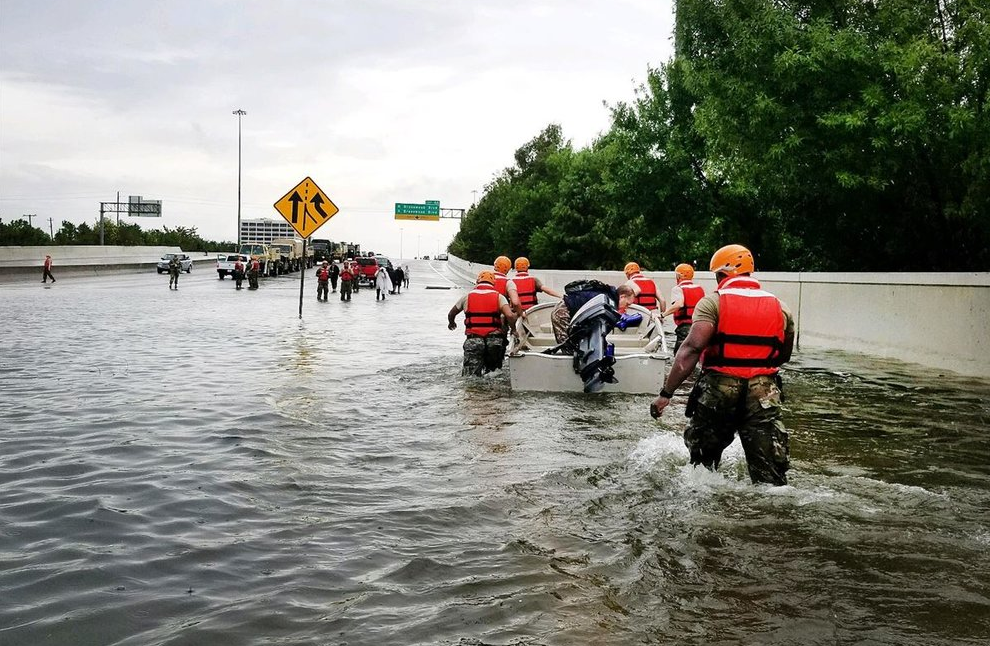
6. The Warning System Under Stress
The National Weather Service made a number of ominous warnings before the flood, but the effort in the region was undermined by personnel shortages and outdated rainfall information. Local stations did not have principal meteorologists and hydrologists on staff, and some commented that officials were not sufficiently clear and timely in issuing warnings. As UC Agriculture and Natural Resources climate scientist Daniel Swain put it: “That trifecta is a recipe for disaster.” Reductions in federal budget allocations for weather forecasting and research threaten to make future disasters even more difficult to forecast and respond to.
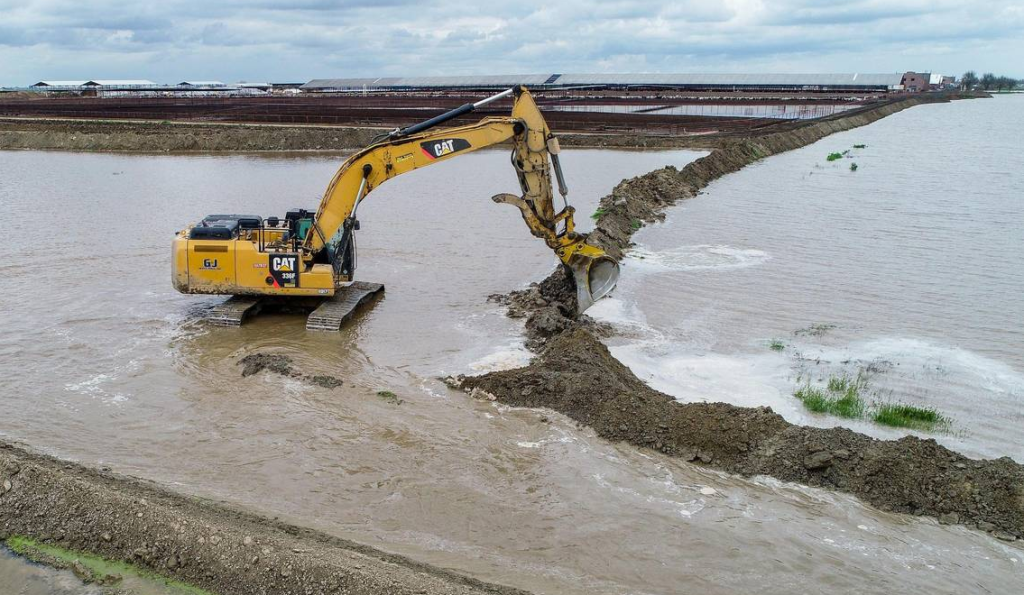
7. Old Infrastructure and the Challenge of Preparation
These are mostly still relying on rain records from decades ago to construct flood control systems, making them all too nakedly vulnerable to more intense storms. When Harris County upgraded in 2018, it found that extreme storms now drop close to 18 inches of rain increased from 13 inches in the 1960s and 70s. That translated into a costly redo of flood infrastructure, the price increasing by $150–$200 million. Across the country, NOAA is scrambling to revise rainfall data, but meanwhile many places are still vulnerable. The problem is obvious: communities need to transition more quickly to a changing climate.
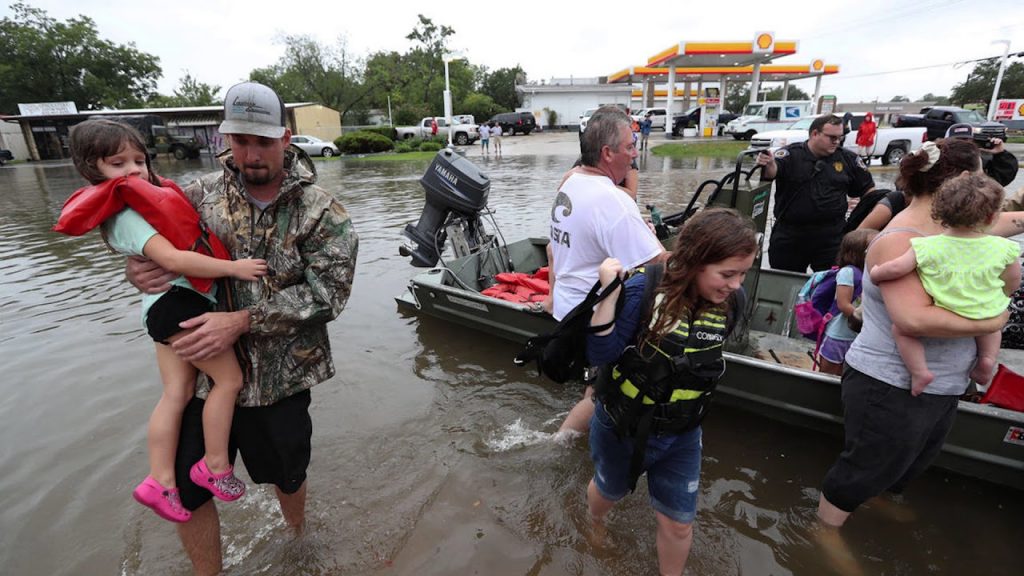
8. Honoring Traditions and Finding Strength in Community
For others, the defeat at Camp Mystic is not just a site, but the rituals and associations formed over generations. The camp traditions Sunday devotionals, charm bracelets, and “fuzzies” among friends are now sites of comfort and remembrance. As former counselor Lauren Garcia recalled, “It brought calm and ease and it was just beautiful there.” Recalling those times is helping the Mystic community, and many others, to start to heal.
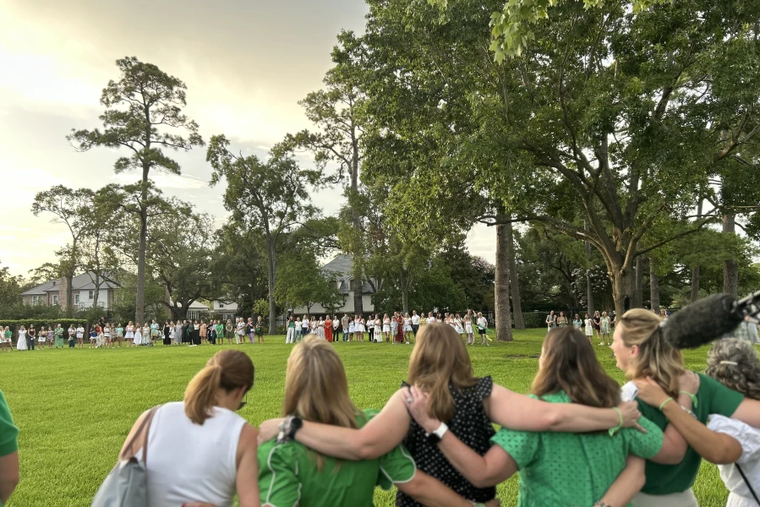
The Texas July 2025 floods will be slowly healing scars over time, but they’ve also shown the power of faith, solidarity, and resilience. In the grieving and recovery, lessons in climate, readiness, and what holds them together will set the course forward from the disaster. With loss comes hope, and it rides on the hands and hearts of those who won’t let tragedy be the last word.


